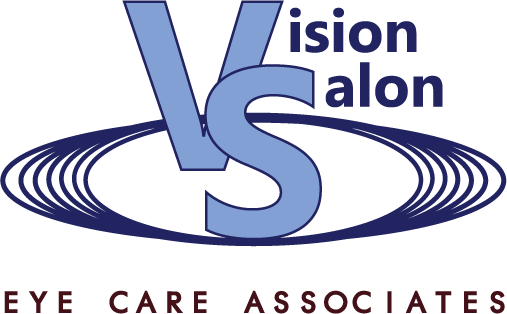November is Diabetic Eye Disease Awareness Month. Diabetic Eye Disease affects millions of Americans and is the leading cause of blindness in adults aged 20-74. In honor of this month, we want to raise awareness about the risks of diabetic eye disease and what you can do to protect your vision.
What is Diabetic Eye Disease?
Diabetic eye disease refers to a group of eye problems that people with diabetes may experience as a complication of the disease. These problems include diabetic retinopathy, diabetic macular edema, glaucoma, and cataracts.
Types of Diabetic Eye Disease
Diabetic Retinopathy
Diabetic retinopathy is a condition in which high blood sugar causes damage to blood vessels in the retina, the light-sensitive tissue at the back of the eye. In its early stages, diabetic retinopathy may cause no symptoms or only mild vision problems. But it can get worse and lead to vision loss.
Diabetic retinopathy is the most common form of diabetic eye disease and is a leading cause of blindness in American adults.
Diabetic Macular Edema (DME)
DME occurs when abnormal blood vessels leak fluid into the macula, the central portion of the retina that allows us to see fine details clearly. DME usually causes blurred vision. Loss of central vision from DME can make it difficult to read, drive, or recognize faces. DME is the most common cause of vision loss among people with diabetic retinopathy.
Glaucoma
Glaucoma is another type of diabetic eye disease that occurs when damage to the optic nerve leads to vision loss. People with diabetes are more likely to develop glaucoma than people who don’t have diabetes. African Americans with diabetes are especially at risk for developing glaucoma. That’s why it’s important for people with diabetes to get regular comprehensive dilated eye exams so their doctor can check for signs of glaucoma and treat it early if necessary.
Cataracts
A cataract forms when changes in the lens of your eye make it cloudy. Diabetes can cause cataracts or make them worse if you already have them. Most cataracts occur when you get older, but cataracts associated with diabetes typically form earlier in life and tend to progress more rapidly than other cataracts.
As many as half of all people with diabetes will develop a cataract by age 60, even if their blood sugar is under control. And people with diabetes are two to five times more likely to develop cataracts than people without diabetes.
Risk Factors for Diabetic Eye Disease
There are several risk factors for developing diabetic eye disease, including:
- Poorly controlled blood sugar levels
- High blood pressure
- High cholesterol
- Smoking
- Family history of diabetes or eye diseases
Conclusion
During Diabetic Eye Disease Awareness Month, we want to raise awareness about the importance of getting regular comprehensive dilated eye exams—not just for those with diabetes, but for everyone! Exams can help catch diabetic eye disease early so it can be treated before it leads to vision loss or blindness.
Dr. Ansel Johnson at Vision Salon Eye Care Associates and his team of doctors are expert providers of eye health care for people with diabetes. Schedule a diabetic eye exam with Vision Salon Eye Care Associates in Blue Island today!





